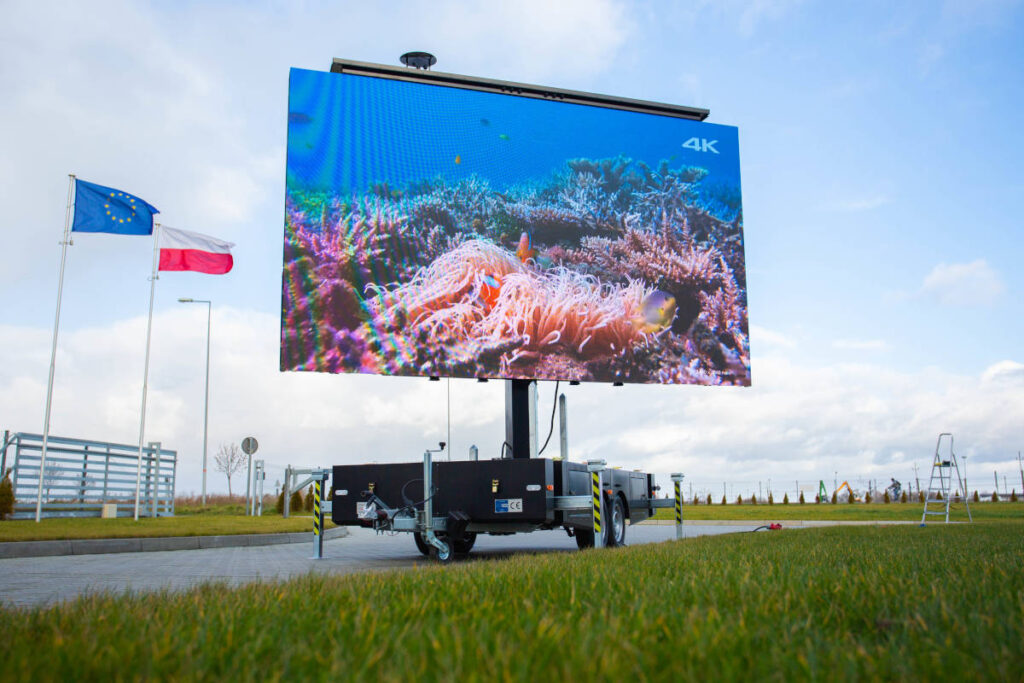A Comprehensive Comparison of Different LED Display Wall Techniques and Their Applications
A Comprehensive Comparison of Different LED Display Wall Techniques and Their Applications
Blog Article
Light Emitting Diode video walls have become more popular in different environments, including music events, sports events, as well as business meetings. These large big displays are made up of many small LED panels that function collectively to form a cohesive unified visual. Various multiple kinds of Light Emitting Diode display screen solutions on the market, each with its own features and advantages. Grasping these technologies options can assist companies as well as entities select the appropriate option for their particular requirements.
A frequent kind of LED display screen solution is the direct view LED. Such solution uses individual Light Emitting Diode units which are arranged near in proximity to create a large screen. Direct view LED screens are known for their elevated brightness and vibrant colors, making them perfect for external activities or brightly illuminated settings. These displays also have a wide viewing angle, allowing indicating that viewers can see the display clearly from various locations. Such makes direct view LED screens a favored option for sports arenas and external festivals.
A different kind of LED video wall technology is the LED illuminated Liquid Crystal Display. Such technology combines traditional LCD displays and Light Emitting Diode backlighting to enhance brightness and color accuracy. LED illuminated Liquid Crystal Displays are commonly utilized in interior environments, such as shopping centers and meeting rooms. They provide excellent visual clarity and are generally more affordable than directly viewed Light Emitting Diode walls. However, they may not function as effectively in well-lit settings, since the backlighting can sometimes wash out the colors.
A thirdly option is the OLED display wall. OLED technology offers exceptional contrast as well as hue depth compared to other types of screens. Every dot in an Organic Light Emitting Diode display produces its individual luminescence, allowing for true blacks and lively colors. This makes OLED video walls particularly appealing for uses which demand premium images, including gallery galleries and luxury retail outlets. Nonetheless, OLED technology can be more expensive and may not be as luminous as directly viewed Light Emitting Diode screens, rendering it not suitable for external use.
In addition to these technologies, various additionally various applications for LED display screens. They can be used for promotion, amusement, as well as information display. For instance, companies often utilize Light Emitting Diode display screens for electronic signage to attract customers as well as advertise products. In entertainment, they enhance the visual experience at concerts and gatherings, providing dynamic backgrounds and engaging images. In corporate environments, LED display walls can be used for presentations, video conferencing, as well as training programs, aiding to convey information through a aesthetically attractive manner.
To summarize, Light Emitting Diode video screens are you can check here available in different types, each having its unique benefits and applications. Directly viewed LED screens are ideal for outdoor applications, while LED-backlit Liquid Crystal Displays are more appropriate for indoor environments. Organic Light Emitting Diode video screens offer superior image clarity but may come at a greater cost. Understanding the differences variations can help organizations to make knowledgeable decisions about which kind of LED display wall most satisfies their needs, whether it be for advertising, entertainment, and corporate applications.